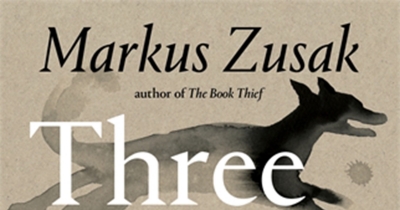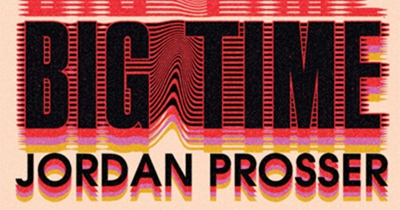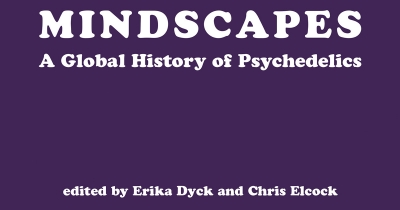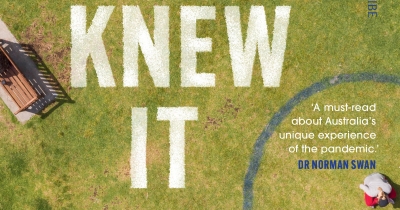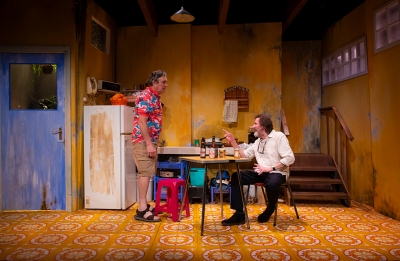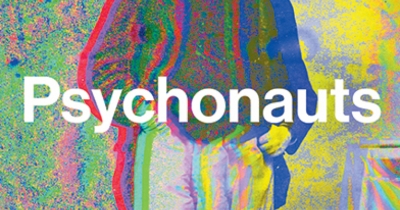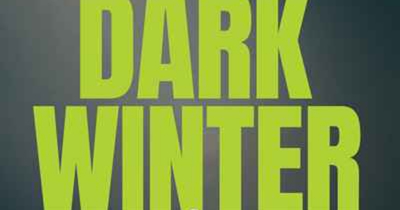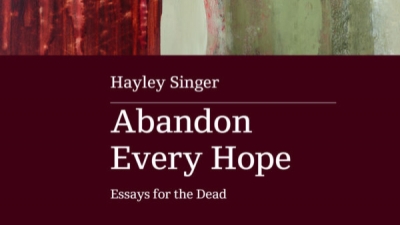Ben Brooker
Expanding Mindscapes: A global history of psychedelics by Erika Dyck and Chris Elcock
Life As We Knew It: The extraordinary story of Australia’s pandemic by Aisha Dow and Melissa Cunningham
To celebrate the year’s memorable plays, films, television, music, operas, dance, and exhibitions, we invited a number of arts professionals and critics to nominate their favourites.
... (read more)Since its sensational début on Broadway more than sixty years ago, Edward Albee’s Who’s Afraid of Virginia Woolf? has become an enduring classic of the modern American canon. Its depiction of warring middle-aged couple Martha and George, and their drawing of young couple Honey and Nick into the gravitational field of the savage, alcohol-fuelled contretemps their marriage has become, remains a perennial favourite of the English-speaking theatre. Like moths, actors of a certain vintage are drawn to its bright flame, which shone never more brightly than in the superlative 1966 film adaptation directed by Mike Nichols, with Elizabeth Taylor and Richard Burton in the starring roles.
... (read more)Dan Lee’s first play, Bottomless, premièred at fortyfivedownstairs in 2018 after receiving the last R.E. Ross Trust award four years previously. Critics drew attention to the unusually star-studded cast for a début – Mark Coles Smith, Julie Forsyth, Jim Daly, Alex Menglet, Uncle Jack Charles – but its depiction of the residents of a dry-out facility in Broome garnered a mixed reception. The effect of Lee’s writing, wrote Tim Byrne typically, ‘may be unwieldy and overstuffed, but at least it feels rich. At least it has ambition.’
... (read more)
